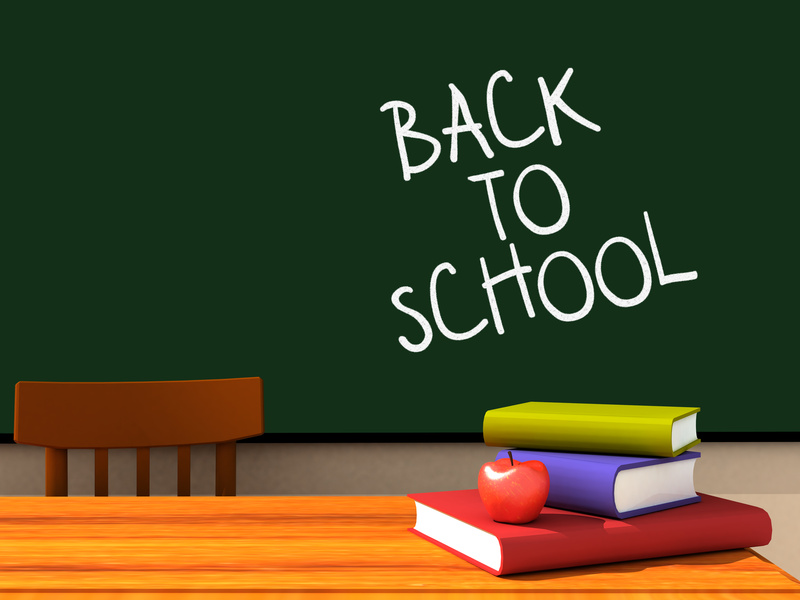Posts Tagged ‘Back-to-School’

It’s back-to-school — and for some of our children MATH presents all kinds of anxiety. AJGpr client, educational consultant, Angelina Arrington, founder of Academic Savvy – offers this advice in Today’s Parent — It All Adds Up: Five simple ways parents can make a big difference with math learning. Enjoy her “savvy” advice.
———————————————————————————————————
In all my years of teaching, the subject that has seemed to cause the most anxiety amongst parents is math. Hands down, I’ve received most of my panicked phone calls and frustrated emails because a parent felt ill equipped to assist with homework or could not explain math the way the teacher did earlier that day. My philosophy has always been to help families keep things simple. Life is complicated enough with school, activities, family time, and trying to stay sane in the midst of it all.
All children can be successful mathematical thinkers, and mathematics is meaningful when it is varied, rich, and rooted in real problems and applications. With a few, uncomplicated additions to your routine, you can make a significant impact on how comfortable your child is with math. The key is to try one thing, just one, until it becomes second nature, and then build from there. Here are a few easy activities to add to your routine to boost math confidence:
1) Brush up on your math skills and have a Positive Attitude about Math
Some of us don’t remember long division, and converting fractions to decimals is out of the question. Remember the phrase “please excuse my dear aunt sally”? If Order of Operations didn’t come to mind, you might need to brush up on your math skills. Check out YouTube for useful, short clips on problem solving. Sit with your child’s teacher for a review session if necessary. Visit school or volunteer; most teachers are happy to have you help with a lesson. Some schools even sponsor Family Math Night or other activities where families can learn math skills together. Most importantly, never say that you aren’t good at math no matter how unequipped you may feel! You are your children’s model for what is possible, and they might take your words to heart. If you struggle with math and money, let them see you work at overcoming your math challenges. In this case, it is absolutely true that they will do as you DO, not as you say.
2) Practice makes perfect
Familiarity and repetition are keys to success in math. Creating an evening routine to practice math concepts can help things go smoothly at school. A typical routine should include reviewing basic math facts such addition, subtraction, multiplication, division, and fraction-decimal-percent equivalents in addition to the completion of homework. This need not take more than ten minutes and can be accomplished through card games or child-friendly online tools or apps. Treat math facts in the same manner as a spelling word list: tackling a bit each day can lead to big payoffs.
3) Play math games and solve puzzles
Games that involve mathematical thinking can also help reinforce what your child learns at school. Consider games such as chess, checkers, and backgammon to work on analytical thinking skills. Games such as Uno help reinforce numeracy skills for younger children, while Monopoly helps school-age children of all ages learn how to count money and count by fives and tens. Puzzles can help with the development of spatial skills and problem solving, and according to research being conducted by the National Science Foundation, could lead to more interest and success in STEM-related fields.
4) Cook Together
Cooking helps reinforce fractions and equivalents. Choose a simple recipe to try with your child when you are free to take your time and make a mess! Be sure to read the equivalent measurement section to help better understand the need for and use of the different size measuring cups. Good Housekeeping and The Joy of Cooking have very good explanations of equivalencies. To make the activity more challenging, try making a dish using only a 1/4 cup, a 1/3 cup, and a teaspoon!
5) Create a math-rich daily life
Whenever you find yourself using math in your daily lives, bring attention to it and discuss math’s usefulness in real-life situations. Encourage your child to experiment with and use everyday math tools such as rulers, tape measures, measuring cups and spoons, clocks and calculators. Analog clocks are helpful in understanding halves and quarters, and its a neat way to learn how to count by five. Place one in the kitchen or other high-traffic area in your home.
Your math routine need not be complicated: simple routines make a measurable difference. Ask your child’s teacher for other suggestions, and use the many resources available to you on the Internet. Most importantly, model using math everyday!
Angelina Arrington is an educational consultant and founder of Academic Savvy (www.academicsavvy.com)






